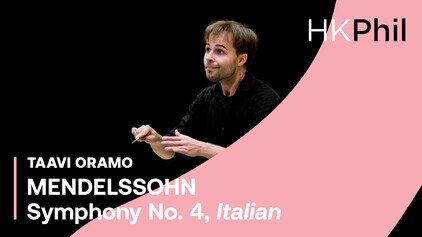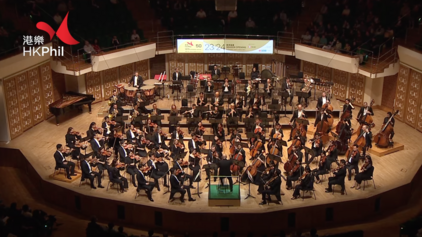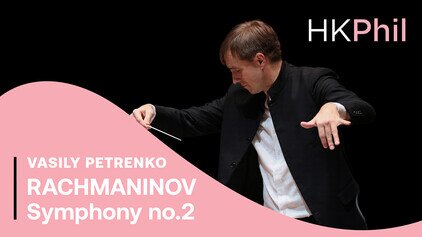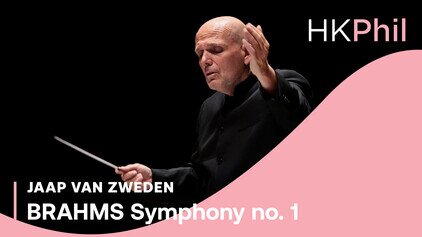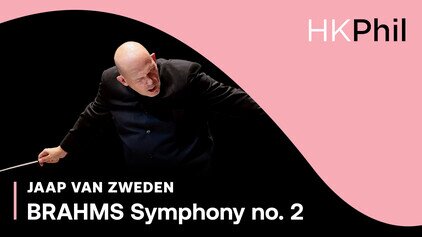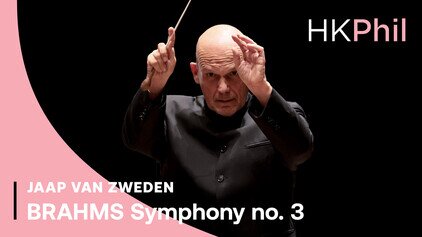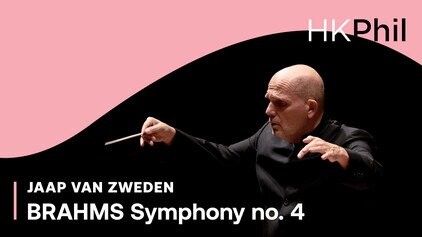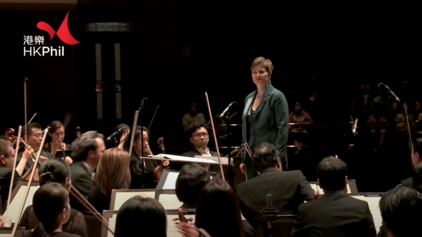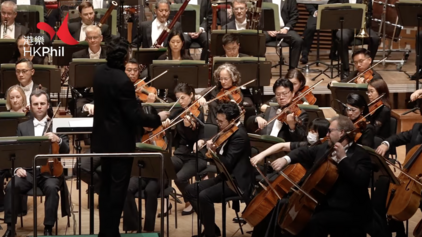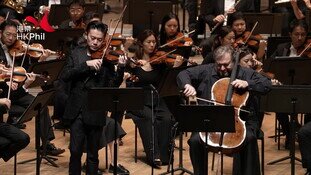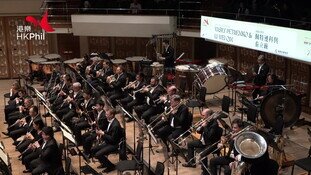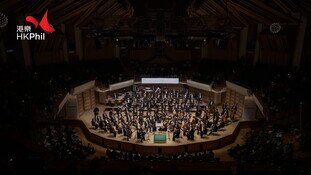MOZART | Symphony no. 36, Linz
WOLFGANG AMADEUS MOZART (1756-1791)
Symphony no. 36 in C, K. 425, Linz
- Adagio – Allegro spiritoso
- Poco adagio
- Menuetto
- Presto
THE COMPOSER
Born in Salzburg on 27 January 1756, Mozart spent much of his early life touring around Europe with his exceedingly ambitious father, Leopold, and it was on a visit to London that the eight-year-old Mozart wrote what was to be the first of his symphonies. All that travelling did psychologically affect Mozart, and he came to despise what he regarded as the narrow, provincial attitudes of his hometown, and longed to move away. In June 1781 he was dismissed from his post in Salzburg and moved permanently to Vienna."
THE BACKGROUND
"Just over a year later, on 4 August 1782, Mozart married Constanze Weber, 10 months after that their first son was born, and just two months later the baby suddenly died. But the parents were unaware of this; shortly after the birth, they travelled without their son to Salzburg so that Leopold could get to know Constanze. They spent three months in Salzburg and, apparently in no great hurry to return home, extended their absence by visiting Mozart’s old friend and patron, Count Johann Anton Thun, at his home in Linz. The Mozarts arrived in Linz on 30 October 1783 and were so delighted to be received with “much courteousness” by Thun that Mozart agreed to give a concert with the Count’s private orchestra. He wrote to his father, “Because I do not have a single symphony with me, I am writing a new one at breakneck speed.”
Mozart spent four days composing the symphony, and it was first performed in the theatre at Linz on 4 November 1783, along with a symphony by Michael Haydn to which Mozart had added a slow introduction. "
THE MUSIC
"Scored for pairs of oboes, bassoons, horns and trumpets as well as timpani and strings (Thun’s Linz orchestra had no flutes) the Linz Symphony shows more strongly than any other Mozart symphony the influence of Joseph Haydn. The most obvious Haydnesque feature is the first movement’s slow and genial introduction, although the subsequent sonata-form romp (with an unusually regular recapitulation) is typical Mozart. The second movement makes use of the gently rocking rhythm of a siciliana while the minor-key episode introduced by pattering unison strings appears to have been inspired by a passage from the Michael Haydn Symphony performed in the same concert. In the words of the great Mozart scholar, Albert Einstein, the final two movements could be mistaken for Haydn “if it were not that they contain in every bar typically Mozartean chromaticism, agitation and pliancy.” The third movement includes a charming trio which adds a delicious touch of local flavour by being somewhat in the nature of a popular Austrian dance, the Ländler, while the fourth movement is a bustling and energetic finale which would certainly have tested the virtuosity of the Linz violinists.
Programme notes by Dr Marc Rochester"
ARTISTS
SUPPORT THE HK PHIL'S ONLINE PROGRAMMES
The Ambassador Fund allows the orchestra to produce various online programmes, keeping our connection with the communities. The HK Phil has released over 80 online programmes and garnered over 1.5 million views since the pandemic. Your donation supports production costs incurred and helps us share music!
Symphonies
Other videos in this series










